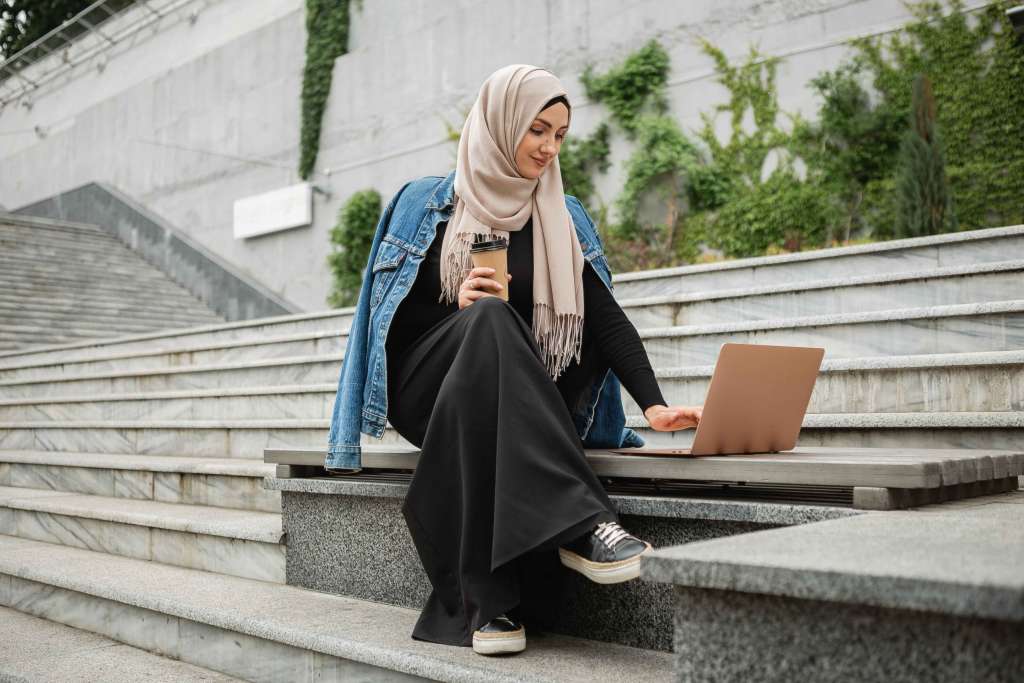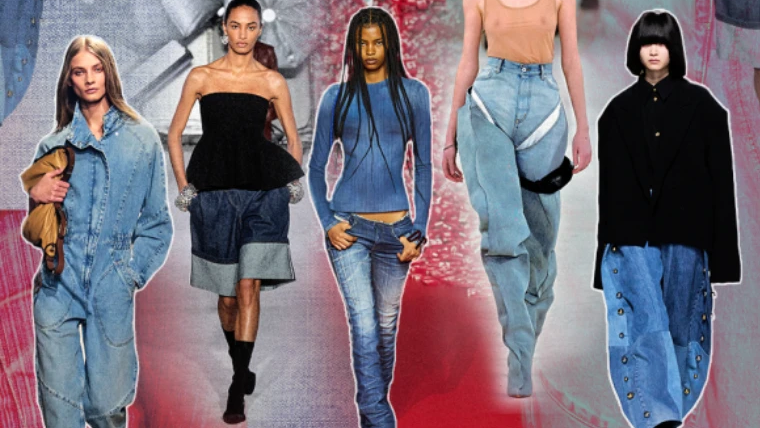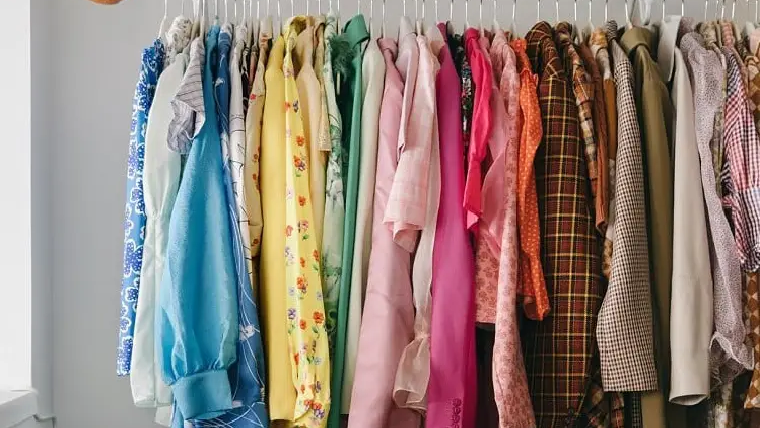Introduction
Fashion in the Middle East is evolving rapidly, blending heritage with modern aesthetics. Middle Eastern fashion trends now incorporate global influences while staying true to cultural roots. Designers are experimenting with bold colors, intricate embroidery, and sustainable fabrics. Additionally, modest fashion is gaining international recognition, making the region a trendsetter in the global fashion industry. But what are the latest developments shaping Middle Eastern fashion today? Let’s explore the key trends redefining style in the region.
The Rise of Modest Luxury Fashion
Modest fashion has always been a cornerstone of Middle Eastern style. However, it has now evolved into a luxury statement. High-end designers are creating sophisticated abayas, kaftans, and hijabs with intricate embellishments. Flowing silhouettes, rich fabrics, and delicate embroidery define these collections. Moreover, international brands are tapping into this growing market, launching exclusive modest wear lines. Middle Eastern fashion trends continue to emphasize elegance while maintaining cultural identity.
Sustainability and Ethical Fashion Choices
Sustainability is becoming a major focus in the fashion industry. Middle Eastern fashion trends now reflect this shift, with designers embracing ethical production methods. Organic fabrics, recycled materials, and cruelty-free textiles are gaining popularity. Many brands are prioritizing slow fashion, creating timeless pieces instead of seasonal fast-fashion collections. Consumers are also supporting eco-friendly initiatives, making sustainability a driving force in the region’s fashion landscape.
Fusion of Traditional and Contemporary Styles
Traditional garments are receiving modern updates, creating a fusion of past and present. Designers are reinventing classic pieces by incorporating contemporary cuts, bold patterns, and experimental fabrics. For instance, embroidered jalabiyas now feature structured silhouettes, and kaftans are being paired with statement accessories. This blending of heritage and innovation keeps Middle Eastern fashion trends fresh and exciting. Additionally, younger generations appreciate these updated styles, ensuring cultural preservation through modern expression.
The Digital Transformation of Fashion
Technology is reshaping the fashion industry, and the Middle East is embracing digital innovation. Virtual fashion shows, AI-powered styling tools, and augmented reality shopping experiences are becoming mainstream. Social media plays a crucial role in influencing Middle Eastern fashion trends, with influencers and designers using platforms like Instagram and TikTok to showcase their latest collections. As a result, fashion in the region is more accessible and interactive than ever before.
Celebrity and Influencer Impact
Celebrities and influencers significantly influence Middle Eastern fashion trends. Their presence at fashion weeks, collaborations with designers, and social media endorsements shape consumer preferences. Regional influencers set new style standards, promoting emerging designers and sustainable brands. Additionally, Hollywood celebrities are embracing Middle Eastern-inspired designs, further elevating the region’s fashion scene. This growing visibility strengthens the Middle East’s position as a global fashion hub.
Conclusion
The fashion industry in the Middle East is undergoing a dynamic transformation. Middle Eastern fashion trends now highlight modest luxury, sustainability, digital innovation, and cultural fusion. Designers are redefining style by merging tradition with modernity, while influencers amplify these trends on a global scale. With technology, sustainability, and creativity driving the industry forward, the region is set to make an even bigger impact on global fashion. How will these trends shape the future of Middle Eastern style?




